
Read or listen offline
automatisch generiertes Audio
1×
automatisch generiertes Audio
Recommendation
Over time, banking and sovereign debt crises have laid bare the original design flaws in the European Monetary Union (EMU), which sorely needed a blueprint to guide the region through financial tumult. According to this cogent essay by economists André Sapir and Dirk Schoenmaker, a transformation of the European Stability Mechanism – by expanding its responsibilities and reforming its governance – into a European Monetary Fund would help close gaps in the EMU edifice. getAbstract recommends this succinct but innovative text to policy analysts and experts.
Take-Aways
About the Authors
André Sapir and Dirk Schoenmaker are economists with Bruegel, a European think tank.









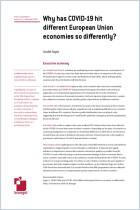
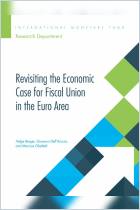
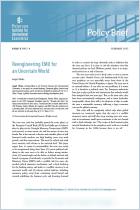
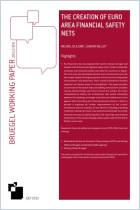

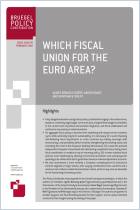
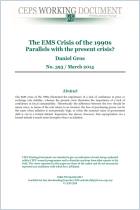





Comment on this summary or Diskussion beginnen